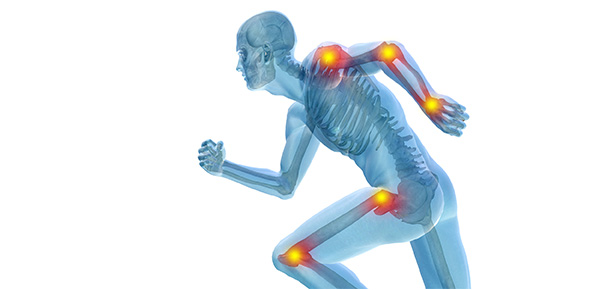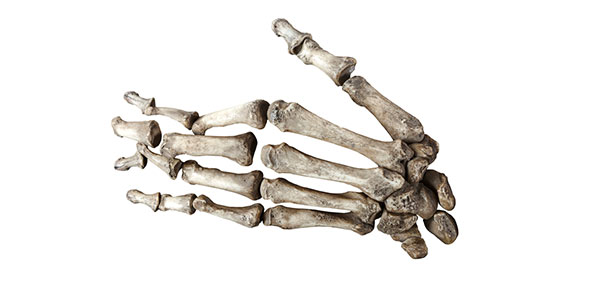Related Flashcards
Cards In This Set
| Front | Back |
|
Key functions of the kidney
|
1) filter blood plasma2) Regulate blood volume:3) Regulate osmolarity of body fluids:4) Secrete homeostatic enzymes and hormones5) Maintains acid-base balance in blood
|
|
Key function: Filter blood plasma
|
-separate waste from useful products-eliminate waste (urine) and reabsorb the rest to the plasma
|
|
Key function: Regulate blood volume
|
-eliminating excess water, conserving when necessary
|
|
Key function: Regulate osmolarity of body fluids
|
-controlling relative amounts of electrolyte and other solutes that are eliminated-#solutes/liter= osmolarity (osmols/L or miliosmols/L)
|
|
Key function: secrete homeostatic enzymes and hormones
|
-Renin to stimulate Renin-Angiotensin mechanism for Na+ and H20 homeostasis-Erythropoietin (EPO) which controls red blood cell count to aid O2 transport in blood"blood doping"
|
|
Key Function: Maintains acid-base balance in blood
|
-maintains bicarbonate concentration in plasma
|
|
Tubular Secretion
|
Excretion-The process of separating wastes from body fluids and eliminating them as urine~waste is any substance that is useless to the body or present in excess of the body's needs
|
|
Wastes excreted by kidney
|
-toxins, drugs, hormones (assists liver)-salts(electrolytes), H+, excess H2O-metabolic wastes
|
|
Tubular Reabsorption
|
Returning water and solutes from the tubular fluid to the blood
|
|
Metabolic Waste
|
Waste substance produced by the body-CO2, H+, nitrogenous wastes
|
|
Nitrogenous wastes
|
-Toxic waste products of metabolism that contain nitrogen-excess nitrogen in the blood (usually ammonia or urea) can lead to diarrhea, vomiting and shortness of breath~long duration (>few days) of excess levels of nitrogen in blood leads to convulsions, coma, death
|
|
List Nitrogenous wastes
|
-Ammonia-Urea-Uric Acid-Creatinine
|
|
Ammonia
|
NH3 -major source comes from amino acid deamination-very toxic to the body
|
|
Urea
|
-liver converts the toxic NH3 to urea because urea is less toxic than ammonia but it is still toxic-elevated blood urea nitrogen (BUN) levels may indicate renal insufficiency
|
|
Uric Acid
|
-formed by the metabolism of nucleic acids(DNA and RNA)-crystalizes and becomes gout in joints
|







